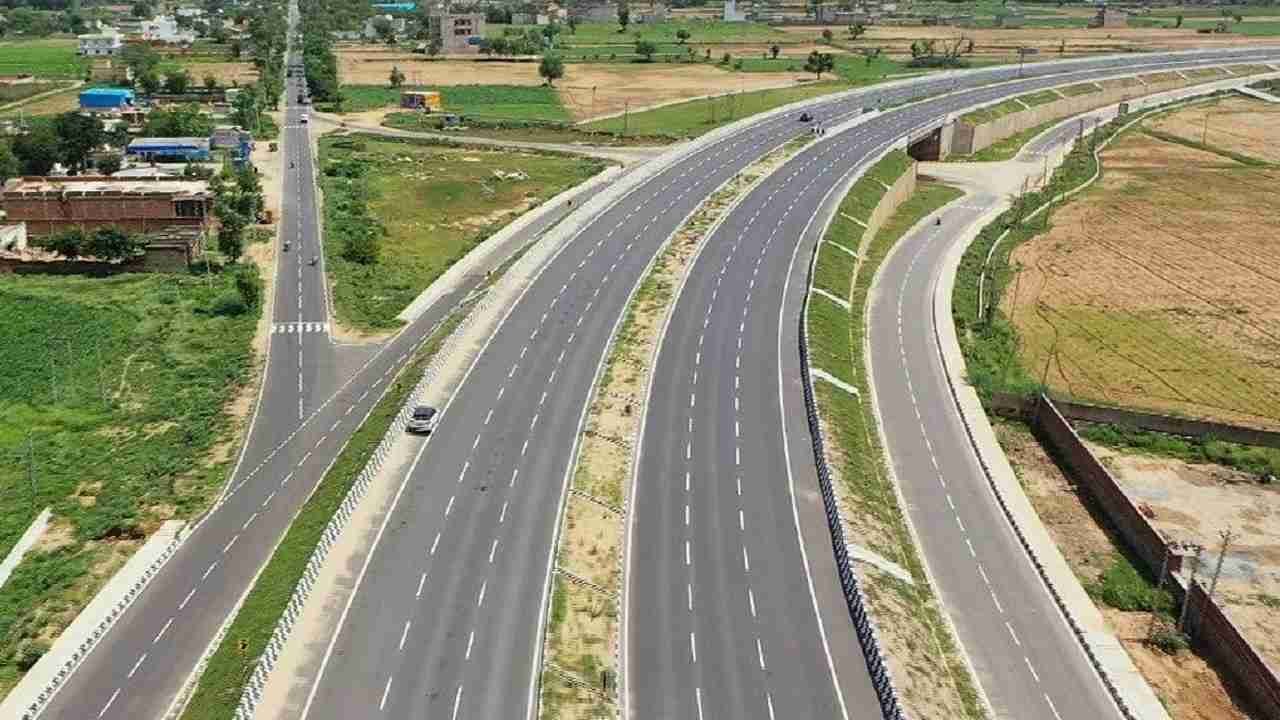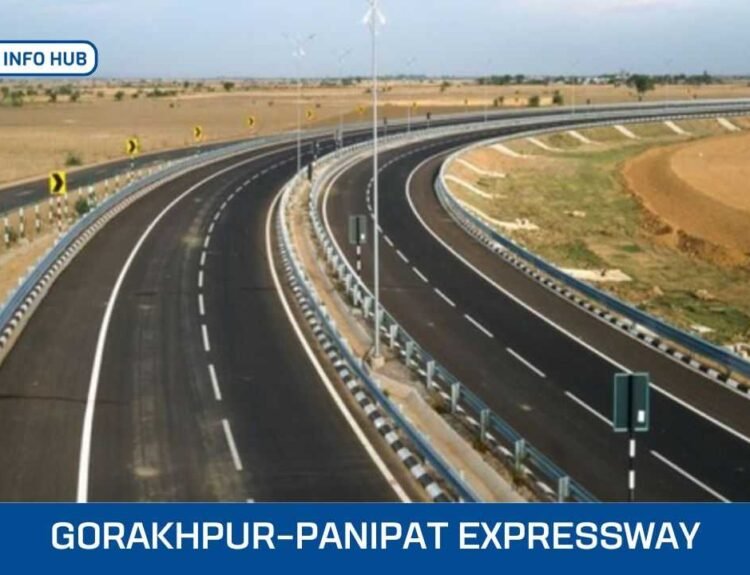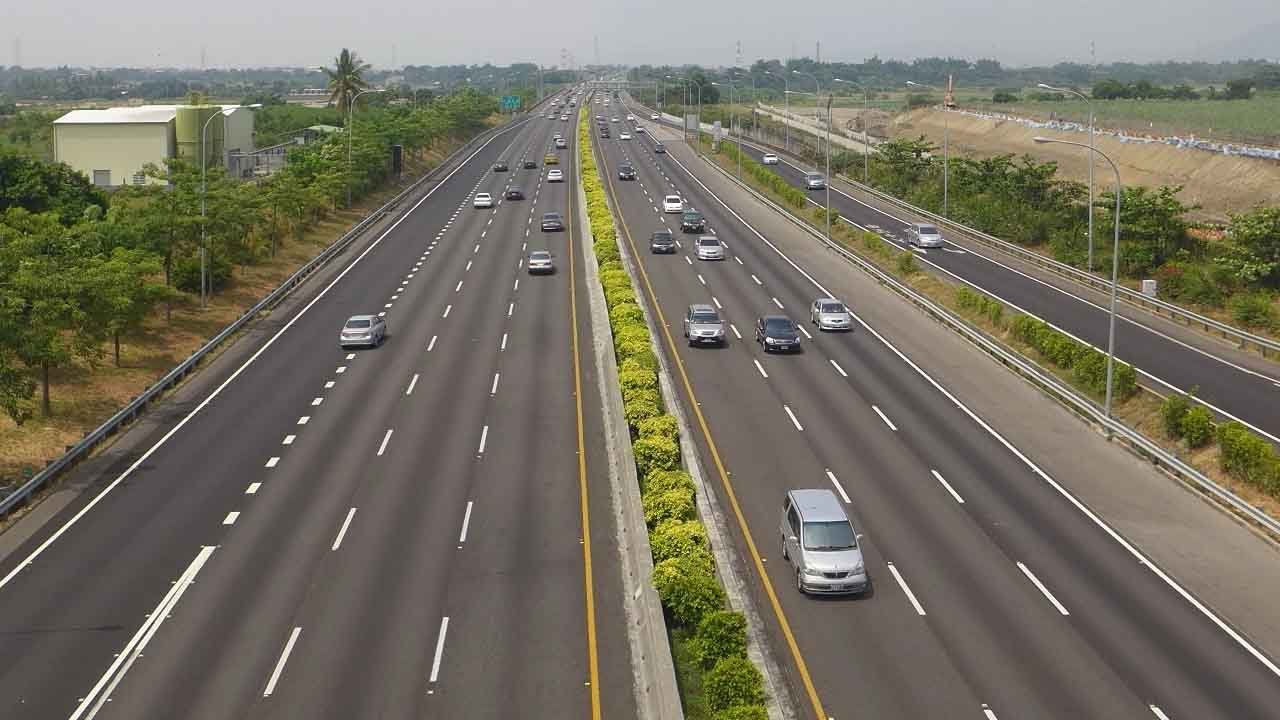Trans-Haryana Expressway or Ambala-Narnaul Expressway or National Highway 152D (NH 152D) is a major arterial road connecting eight districts of Haryana. Ambala-Narnaul Expressway or NH 152D is its other name. The greenfield access-controlled expressway, which is six lanes wide, providing seamless interstate connectivity, is 227 km long. Let us look at the key details of the Trans Haryana Expressway, including its route, map, and length as well as its connectivity.
Table of Contents
Trans-Haryana Expressway Overview
- Length: 227 km
- Cost: ₹5,108 crore
- Lanes: 6
- Starting Point: Ghangheri village, Kurukshetra district, Haryana
- Ending Point: Surana village, Mahendragarh district, Haryana
- Completion Date: 1 August 2022
About Trans-Haryana Expressway
The Trans-Haryana Expressway or Ambala-Narnaul Expressway (NH-152D) is 227 kilometers long and 6 lanes wide. It connects the cities of Ambala and Narnaul in the state of Haryana. The expressway connects Gangheri village (NH-152) in Kurukshetra district (near Ismailabad) to Narnaul Bypass (NH-148B) in Mahendragarh district. Kaul, Pundri, Assandh, Dhatrath, Kalanaur, Charkhi Dadri and Kanina are on the way. Trans Haryana Expressway will reduce the distance from Chandigarh to Delhi, Narnaul, and Jaipur, reducing congestion on NH44 and NH48.
It was developed by the National Highways Authority of India (NHAI) under the Bharatmala Project. It has 70 meters of causeway, 122 bridges, and underpasses, and 1,36,000 trees planted on both sides. The greenfield alignment has reduced the distance from Ismailabad to Narnaul by 230 km from the existing 265 km route by 35 km. Over three years, the construction created 1,500 full-time jobs and 120 ongoing jobs for toll plaza staff. Tau Devi Lal Thermal Power Plant in Panipat, Indira Gandhi Super Thermal Power Project in Jhajjar, and Rajiv Gandhi Thermal Power Station in Hisar will use fly ash to reduce environmental impact.
The Trans-Haryana Expressway has significantly reduced travel time between states. The NH 152D route connects Jammu, Kashmir, Punjab, and Himachal Pradesh easily.
Trans Haryana Expressway Route

The Trans Haryana Expressway route connects Gangheri village in the Kurukshetra district to Surana village in the Mahendragarh district of Haryana on the Narnaul bypass. The highway further crosses the Narnaul Bypass and connects to the Delhi-Jaipur Highway at Paniyali in Rajasthan. This section has 16 interchange locations for entry and exit.
This alignment connects 15 national highways (including NH-9) and state highways (SH6, SH9, SH8, SH11, SH12, SH14, SH10, SH16A, SH20, SH24 and SH26). The area around the expressway will become an industrial corridor, called the Ambala-Kotputli Economic Corridor. Construction was started in July 2020 and was completed on 1 August 2022, after which the construction was open to traffic. The industrial corridor consists of four road projects, which have: a 39-km section of NH-152 from Ambala to Ismailabad, a 227-km long Ambala-Narnaul Expressway, a 14-km section of Narnaul Bypass, a 30-km section of NH-148B from Narnaul Bypass to Paniyala Mor (NH-48).
Trans Haryana Expressway passes through the following 8 districts of Haryana.
Districts covered by Trans Haryana Expressway
- Kurukshetra
- Kaithal
- Karnal
- Jind
- Rohtak
- Bhiwani
- Charkhi Dadri
- Mahendragarh
Trans Haryana Expressway Toll charges
There is a toll plaza on the Trans Haryana Expressway at Saini Majra. Commuters will have to pay a toll tax of Rs 90 on the expressway from Ambala to Narnaul.
Trans Haryana Expressway Interconnectivity
Paniyala–Barodameo Expressway is a six-lane, access-controlled greenfield highway that connects Paniyala in Jaipur district to Barodamia in Alwar district. The highway is 86.5 km long. It will connect the southern terminal of the Delhi-Mumbai Expressway with the Trans-Haryana Expressway.
There is a plan to connect Regional Circular Expressway-3 with the Trans Haryana Expressway at two places between Rajound-Assandh and Mahendragarh-Kanina.
Will help in making Southern Haryana, especially Mahendragarh district, the gateway to North India and enhance the overall connectivity of the Trans Haryana route.
Connectivity of Trans-Haryana Expressway with Delhi-Mumbai Expressway
NHAI is set to build 86.5 km of access-controlled highways. It will connect the Delhi-Mumbai Expressway being built at Barodameo in Alwar, Rajasthan to the Trans-Haryana Expressway being built at Paniyala near Narnaul, Haryana. This will reduce congestion on NH 44 and improve travel time in northern and western India. The expected duration of the project is two years.
Road upgradation of Ambala Saha Road
The government widened Ambala Saha Road at a distance of 23 km from NH 152D to enable easy access to Saha Growth Centre. The state government is planning to purchase 2,300 acres of land to expand the development centre. The government is also planning to build a ring road connecting Ambala and Delhi through Shamli Expressway. This will provide more connectivity to Ambala region through National Highway 152D.
Conclusion
At present, the impact of the Trans-Haryana Expressway looks quite promising for the development of the real estate sector. In the future, connecting major districts to other neighboring states through the Trans-Haryana Expressway could lead to more industrial, commercial, and residential investment.
Emerging townships, greater accessibility from districts, and greater connectivity to industrial corridors may attract more investors and developers to the region. Many successful projects have been completed in Haryana and some more have also started, hence it can be considered as the next top investment destination.










